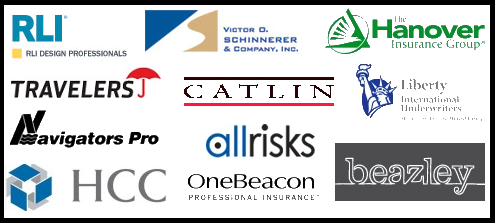It’s true. The insurance industry has a reputation for bringing doom and gloom to an otherwise cheery outlook. Forgive us. Our business relies on our being able to spot negative trends in advance so that we can assist our clients in preparing for the worst. That doesn’t mean we don’t also hope for the best! Economic recovery is still ongoing, and we are thrilled that this means our architect and engineer clients are working and growing again.
That’s why, in our May 2012 post, To Hire or Not to Hire?, we mentioned some of the considerations and concerns facing design firms as they take on work that “could require additional hands,” including the need for accurate Professional Liability limits on their insurance policies… just a little worth-thinking-about-in-advance gloom.
Then this week, leading Professional Liability insurance provider, Victor O. Schinnerer, released its most recent Risk Management Guidelines, including an item on the Expanding Employment Liability Risks of recovering architecture and engineering firms.
“As firms downsized to face an economic downturn and restructured due to changing technology and new project delivery systems that required altered business models, employment practices claims rose. Add to that the challenges presented by the new generation of employees—many of whom consider their lives and the operations of their employers as public information, and a number of whom find the workplace to be a forum for their opinions—who are flooding the market during difficult economic times, and by returning military who must be accommodated in their former civilian positions or given preferential treatment, and firms are faced with a demanding and confusing employment perspective as they begin to staff up.”
Continue reading “Expanding Employment Liability Risks for Design Firms”








